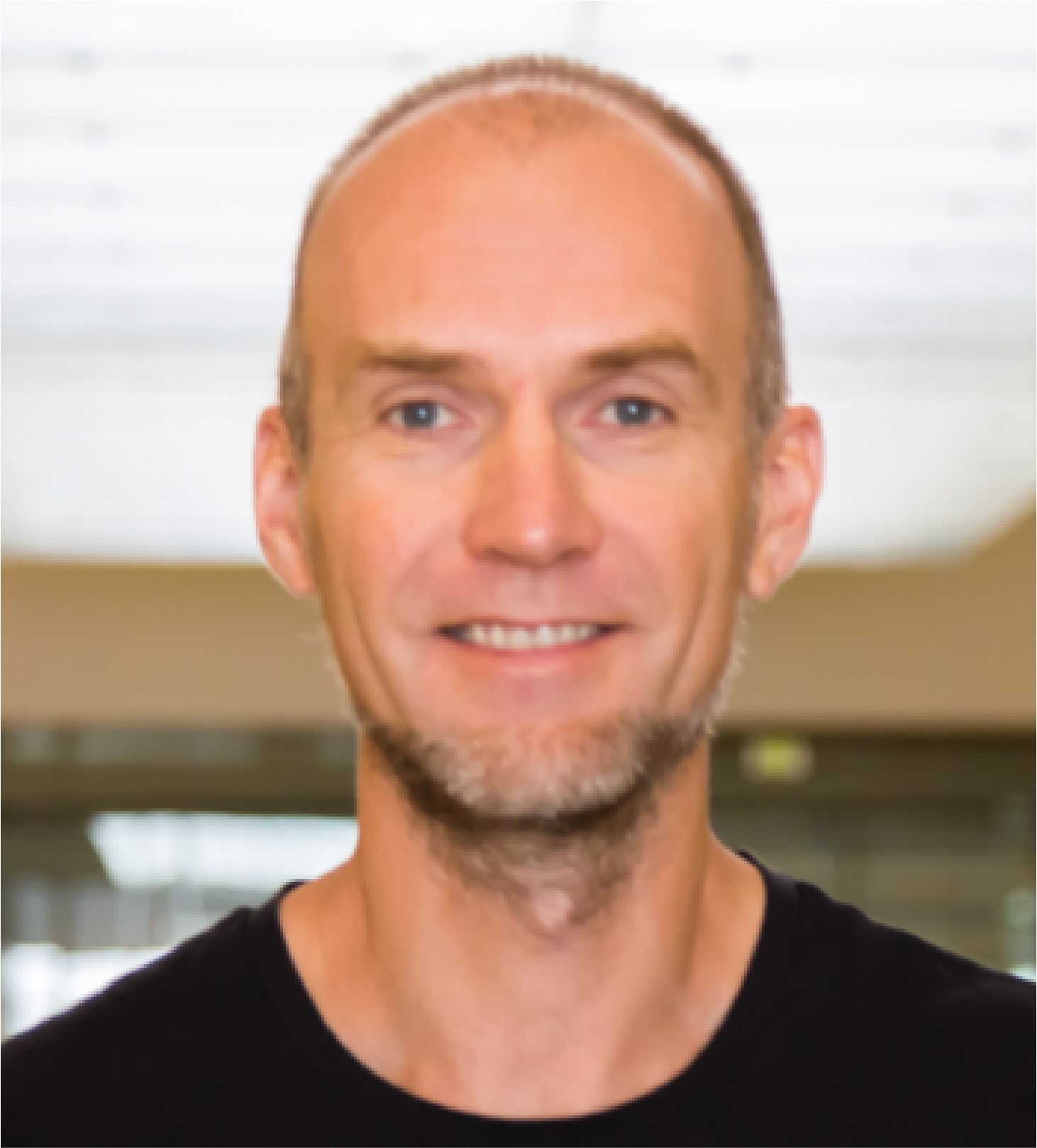
Rasmus Houborg, of the Geospatial Sciences Center of Excellence at South Dakota State University, will continue our SNR Fall Seminar Series by speaking on Earth observations by constellations of CubeSats. The talk will be at 3:30 p.m. Nov. 14 in the Hardin Hall Auditorium.
Abstract
Emerging satellite constellations comprised of hundreds of small CubeSats are transforming very high-resolution earth observation by overcoming the spatiotemporal constraints associated with conventional single-sensor satellite missions. However, the large number of constellation satellites, and relatively cheap sensor components and design, introduce cross-sensor inconsistencies and cross-calibration challenges. While superior in terms of spatiotemporal resolution, the radiometric quality, spectral resolution, and absolute calibration accuracy is not equivalent to that of rigorously calibrated space-agency satellites such as Landsat and Sentinel. A CubeSat Enabled Spatio-Temporal Enhancement Method (CESTEM) has been developed to realize the full potential of CubeSat sensing. CESTEM adopts an agnostic sensor data fusion and cross-sensor calibration technique that exploits conventional satellite systems as the gold standard. CESTEM offers a unique data-driven avenue towards cross-platform interoperability enabling spatiotemporal enhancement of spectral metrics and biophysical properties retrievable from conventional large satellite systems. In this work, CESTEM ingests high quality Landsat 8 and Sentinel-2 based retrievals of surface reflectance and plant biophysical properties as references to calibrate relatively noisy CubeSat observations and provide high fidelity CubeSat-based insights into crop growth dynamics, developing plant stress, and crop disturbances. Using CESTEM, daily 3 m RGB and NIR imagery afforded by a constellation of ~150 active CubeSats deployed in low-earth orbits, are transformed into Landsat 8 or Sentinel-2 consistent surface reflectance and leaf area index estimates. Application over a variety of agricultural landscapes and environments highlights the resolution advantage both spatially and temporally. Comparisons against in-situ observations in fields of corn near Mead, Nebraska demonstrate encouraging capability of the CESTEM-based estimates for reproducing observed spatiotemporal dynamics. The repeatable in-field information on crop condition provided by CESTEM have significant potential for powering smarter, more efficient, and productive farming at broad scales.
Bio
Dr. Rasmus Houborg is a Senior Scientist in the Geospatial Sciences Center of Excellence (GSCE) and an Assistant Professor with a tenure home in the Department of Geography at the South Dakota State University (SDSU). Dr. Houborg’s research is broadly focused on advancing the utility and integration of multi-scale and multi-sensor remote sensing data for high resolution land surface characterization. This includes novel translation of spectral signals into meaningful vegetation biophysical quantities (e.g., leaf area index, photosynthetic pigment contents), and integration of observation based constraints into land surface modeling frameworks.
After being awarded a PhD in Physical Geography at the University of Copenhagen, Denmark he moved to the United states working first as a Post-doctoral scientist at the USDA-ARS Hydrology and Remote Sensing Laboratory (2007-2009) and then as a Research Associate in the Hydrological Sciences Branch at the NASA Goddard Space Flight Center in Maryland (2009-2011). He also spent two years (2011-2013) at the European Commission Joint Research Centre in Italy, and five years (2013-2017) at the King Abdullah University of Science and Technology (KAUST) working as a Research Scientist in the Hydrology and Land Observation (HALO) group. Dr. Houborg joined the GSCE January 2018.
SNR Fall Seminar Series
The seminar is on select Wednesdays through Dec. 5 in Hardin Hall Auditorium, room 107. The remaining schedule is:
- Nov. 28: “Des Moines Water Works lawsuit — nitrate and agriculture fields,” Dr. Peter Levi, assistant professor, Environmental Science and Sustainability, Drake University
- Dec. 5: “Student learning in the context of ecology and evolution college courses,” Dr. Lisa Corwin, assistant professor, Department of Ecology and Evolutionary Biology, Colorado of University Boulder
Natural Resources
More details at: https://go.unl.edu/mugo